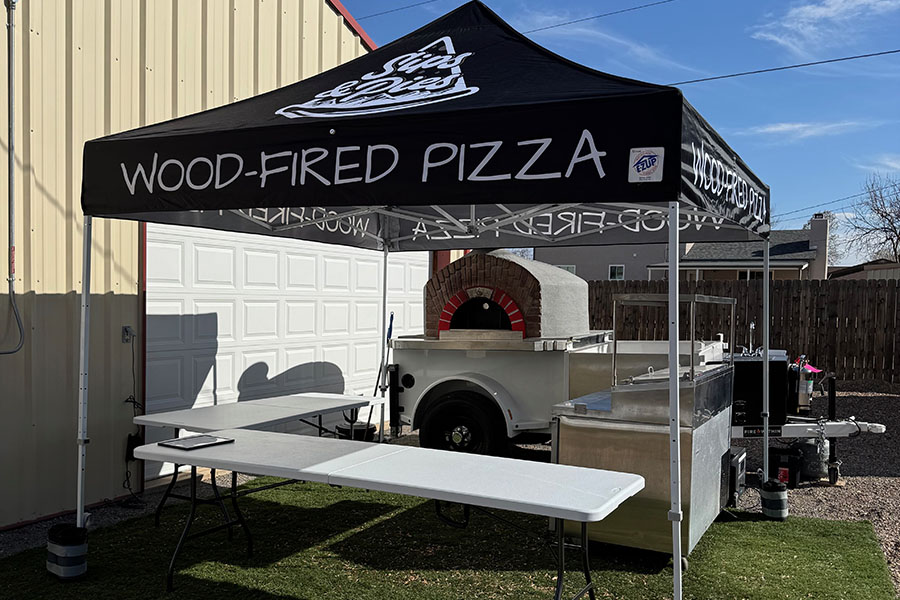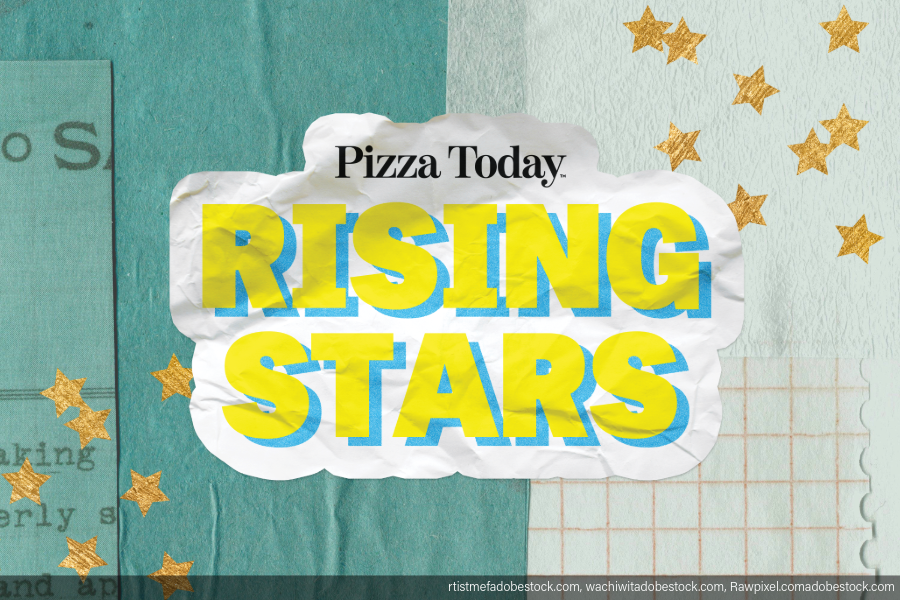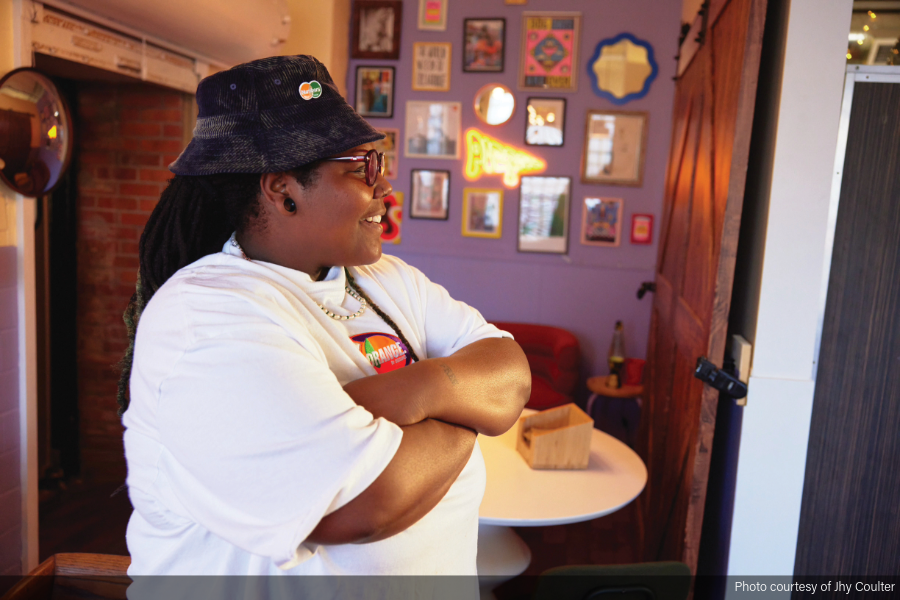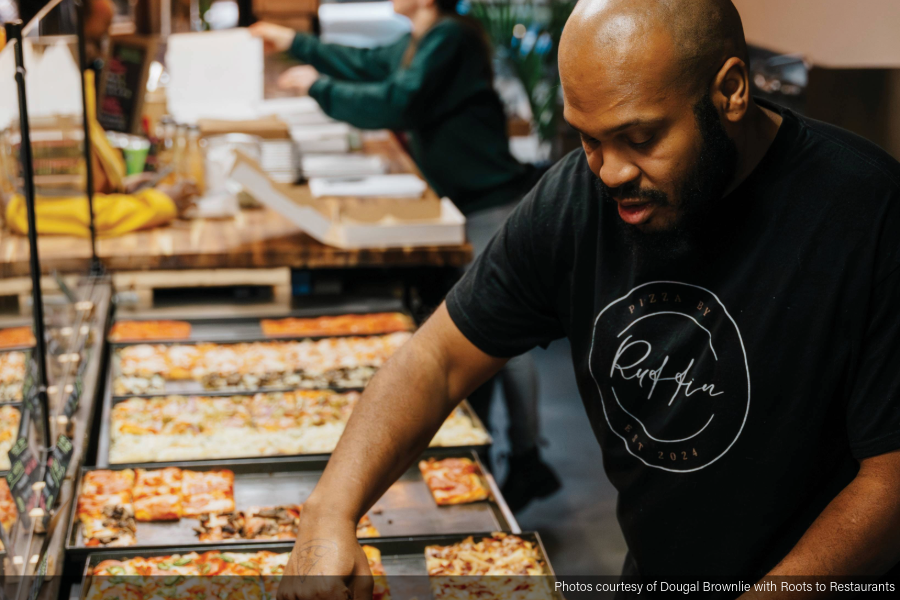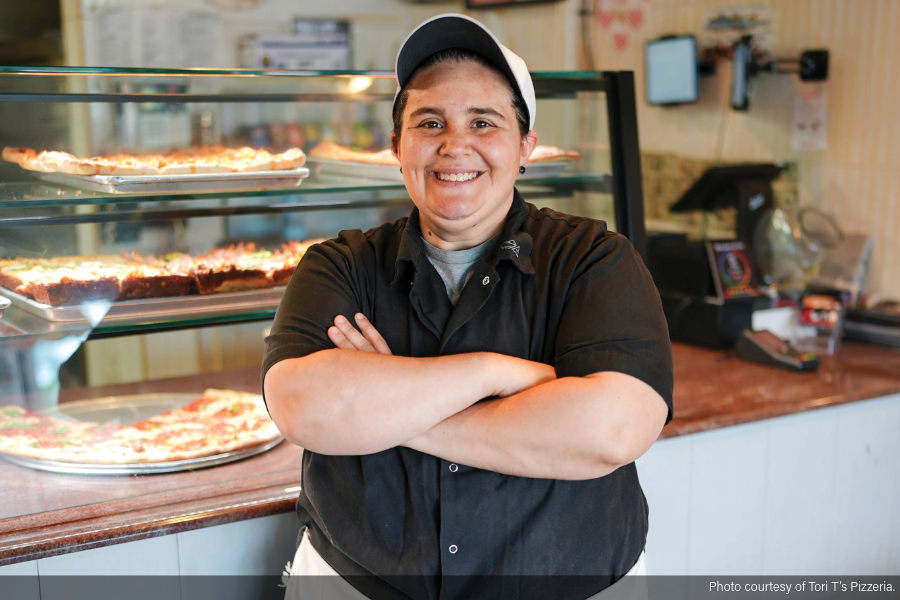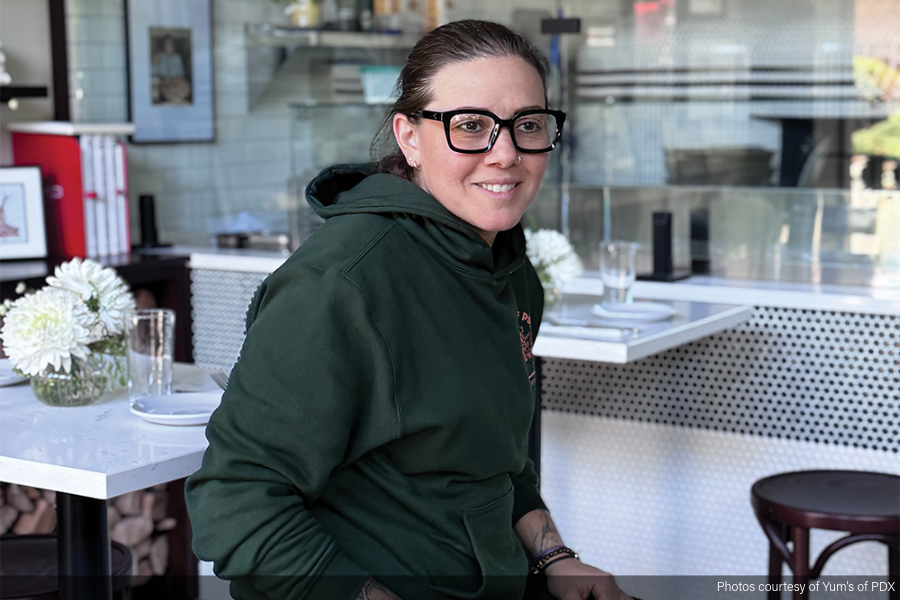It was a hot summer night. I was cruising with my friends. We were a carload of young guys, fresh out of high school, approaching a college campus, looking for a good time. The driver pulled into a drive thru burger place. He said “these burgers are great. I bet you can’t eat two and drink a coke.” I’ll take that bet. I could always eat 2 burgers and drink a Coke. The place was called Burger King. It was on Washtenaw Ave., halfway between University of Michigan and Eastern Mich. Univ.
A few weeks ago, I noticed a road sign proclaiming “The Whopper’s 50th Anniversary.” My mind did a flashback to the ’60s and my first encounter with the Whopper. This burger was like no other. For all of you youngsters, it filled up a 5-inch bun, and it literally took two hands to handle a Whopper that was charbroiled, slathered with condiments and just 45 cents. You got two Whoppers and a large Coke for a buck. I could not finish my second Whopper. My gut was too full for one more bite. I was in burger overload. These days, the Whopper is a one-handed sandwich.
Almost every ‘food for immediate consumption’ I buy has been shrunk down in size in my lifetime, from burgers to candy bars and so on. There are only a couple ways to pass along costs. The first is increase price or reduce size. The last way is reduce quality of toppings. Many years ago, all large pizzas were 16 inches in diameter. Many years ago, most of the chains adopted 14 inches as the new large size. The majority of independent pizzerias call 16 inches their large pie and a few go much bigger than that. With the uncertainty of our ingredients increasing in price and the free-falling dollar on the international money market, it’s a given that you need to change something in your operations to make a profit, and it’s a given that our customers are tired of price increases. They will forgo ordering a pizza when gasoline and all other weekly expenses are at an all time high. Many operators I’ve spoken to have already raised prices when cheese and wages went way up. They feel that their customers wouldn’t tolerate another price raise. They would rather go out of business than raise prices. Pride is an emotion that can take you down.
In 1988, Pizza Today published its first Top 25 List. My manager filled out the required info and mailed the card back to the publisher. A couple of months later, my pizzeria was ranked the 25th busiest place in the country. A couple of months later two of the Big 3 scoped out my town, and I had some serious competition. –– the world’s fastest delivery company and the world’s cheapest pizza. They opened with much fanfare and deep advertising pockets. It seemed like they direct mailed every home, every week, and were focused on burying me.
Prior to them coming to town, I was in my financial comfort zone. After losing some market share, I went on a budget. Time were slower around Big Dave’s. I was going to let them have their openings and then hammer them with some great marketing. They had a huge advantage over me. They both served 14-inch pies and called them larges. If you bought a large at Big Dave’s it was a 16-inch diameter. I assumed my astute customers would take notice and pay the extra money for a much bigger pizza. I wrong. Most customers were confused. When they ordered from the chains they got a 14-inch large and when they ordered from me they got a 16-inch large.
Pizza is made, assembled, portioned and should be priced by the square inch. Unfortunately it’s sold and priced by the diameter. A refresher math class: to determine the square inch of a circle, multiply pi (3.14) time radius (half the diameter) times itself. Step by step, let’s determine the square inches of a 16-inch pie. Pi R2 is 3.14 (pi) x 8 x 8 = 200.96, or 201 square inches rounded off. A 14-inch inch pizza has 154 square inches, 3.14 x 7 x 7 = 154. The difference is a whopping 23 percent. It costs 23 percent less to make a 14-inch rather than a 16-inch pizza. The menu price should reflect a 23 percent difference. A 10-inch pizza only has 78.5 sq. inches. This is pretty close to being exactly half of a 14” pizza. Most pricing models are throwbacks to the ’60s and ’70s when a dollar probably covered the difference between the sizes.
Those days are over. A dollar barely covers the cheese needed to cover both larges. If you are offering a 16-inch large and are making a reasonable profit, stay with it for the time being. If you are offering a 16-inch large and are experiencing profit shrink you need to change something. If your market is price sensitive and you have customer migration to the coupons and specials strategies used by the competition, you might want to consider what Kamron Karington and I did. In order to compete on a level playing field and compare apples to apples the larges should be the same diameter. We both downsized from 16 to 14 (the national average size). Kamron did it over a year, dropping to 15 and then 14 inches. I did it overnight. We had very few complaining customers once we explained that we chose to adopt the national average of 14 inches so the like coupons would be less confusing. This strategy allowed me to accept their coupons and not be humiliated by their pricing.
You have to choose to leave menu pricing the same or not. Either way, your food cost percentage will decrease. By offering bundled meals and multiples your contribution margin will be better than it is per transaction now. Maybe we should take a lesson from the Big Guys and downsize. It’s one way to really boost the bottom line without another menu increase. This was one of the biggest decisions of my career. I tossed and turned on it for weeks. I was old school, and proud of it. After the tenth complaint call, I was ready to go back to the old ways. After the second week was over the, 16-inch large was a memory. Kind of like the two-handed Whopper.
